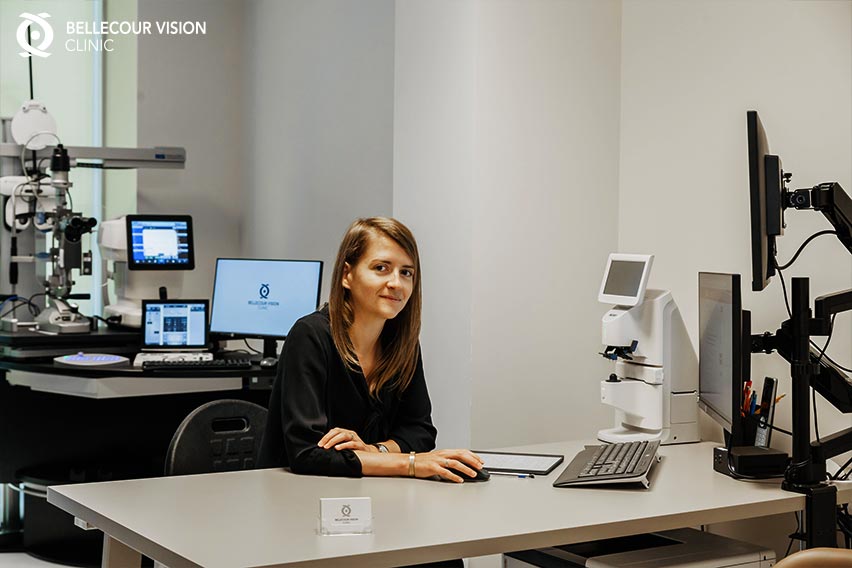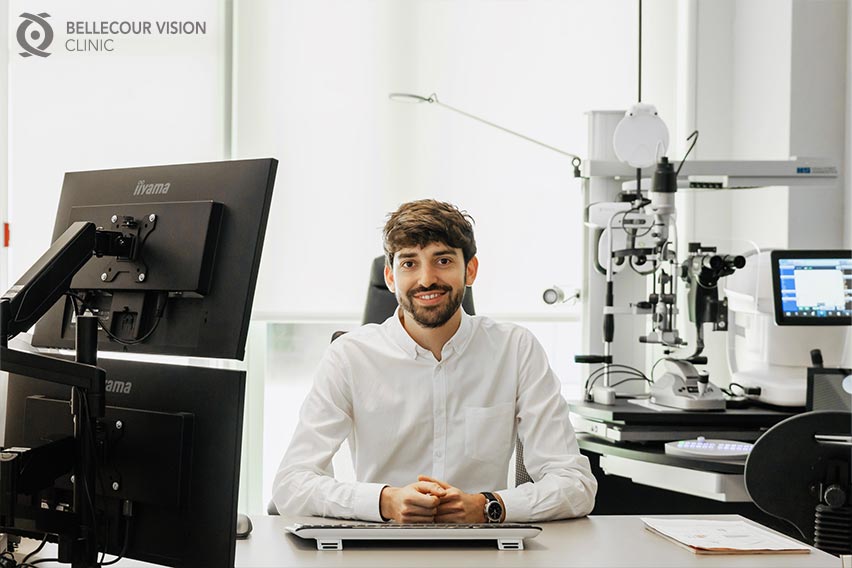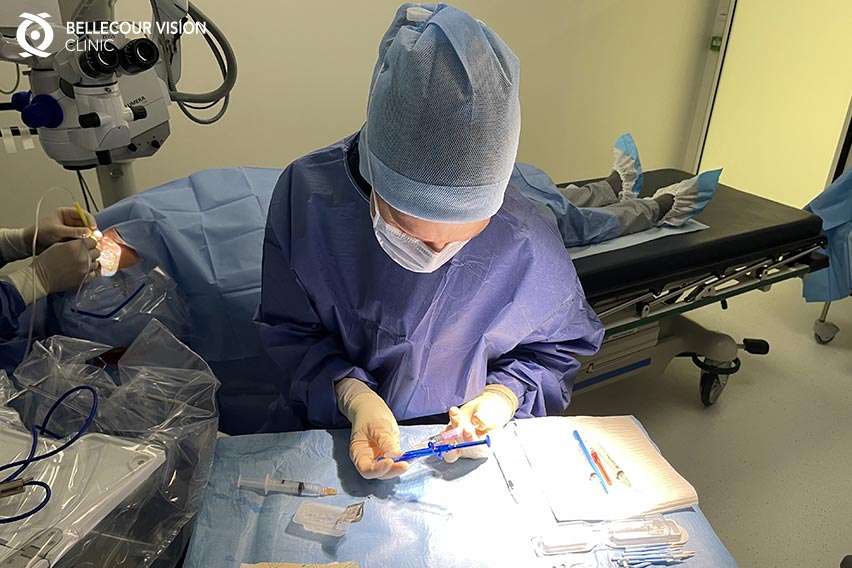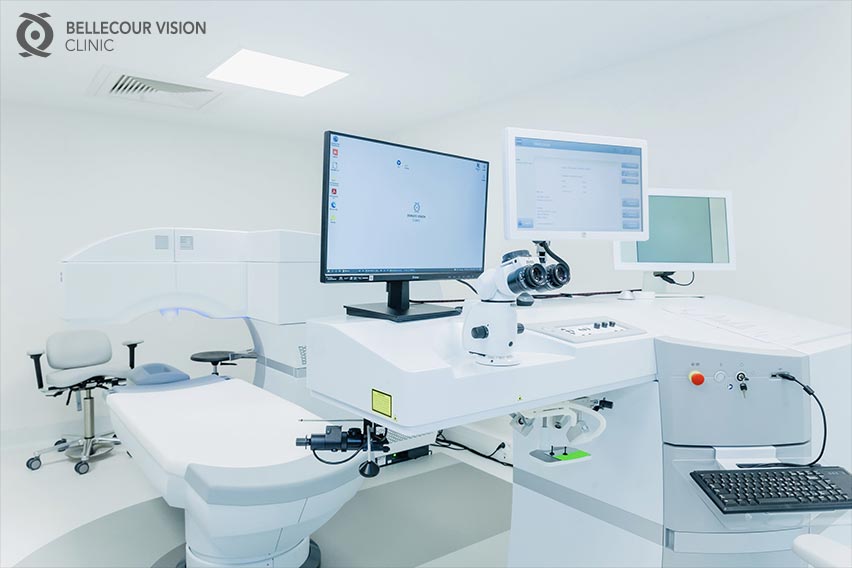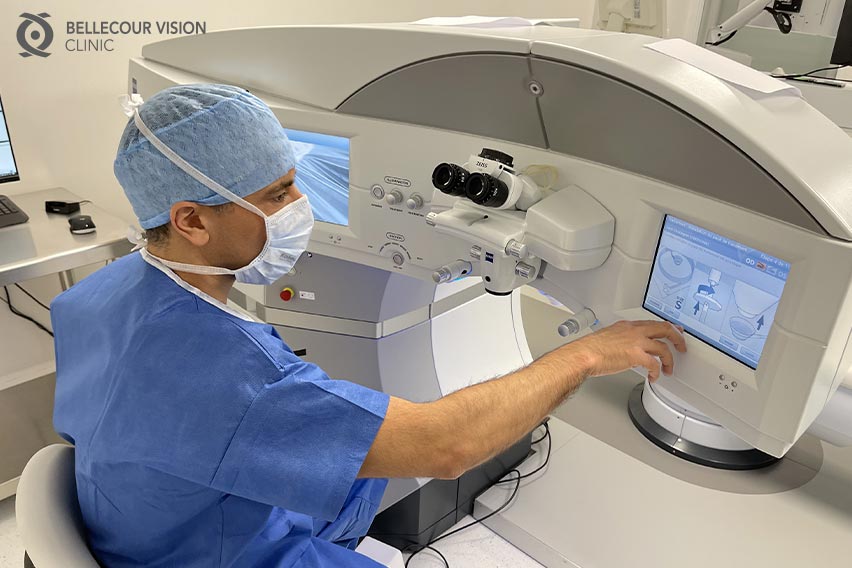Eye surgery and implants
Bellecour Vision Clinic is an ophthalmic surgery center specializing in the treatment of visual defects (myopia, presbyopia, hyperopia, astigmatism) and corneal conditions. Dr. David Donate and his team welcome you in the heart of Lyon, at 31 Place Bellecour.




